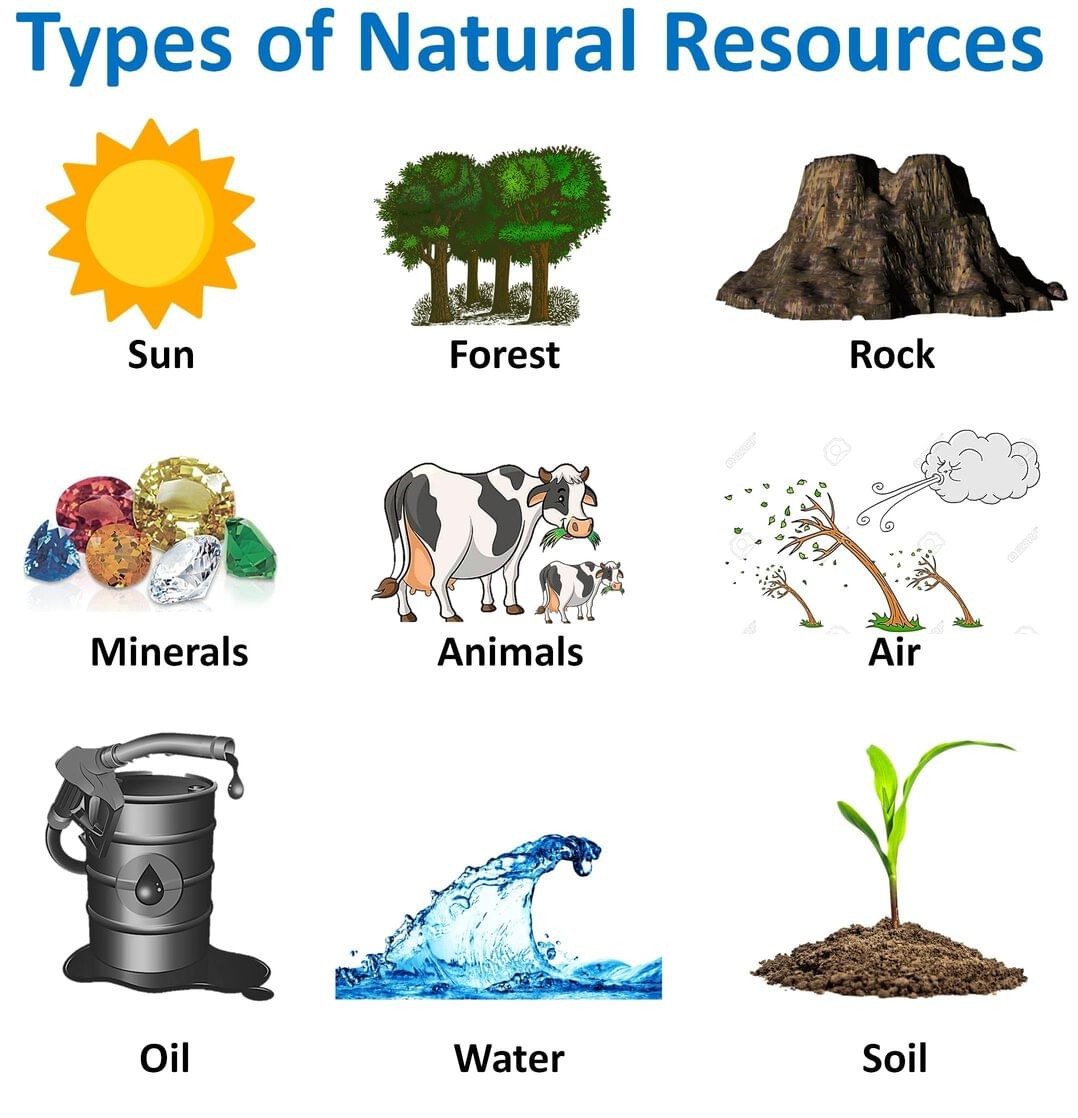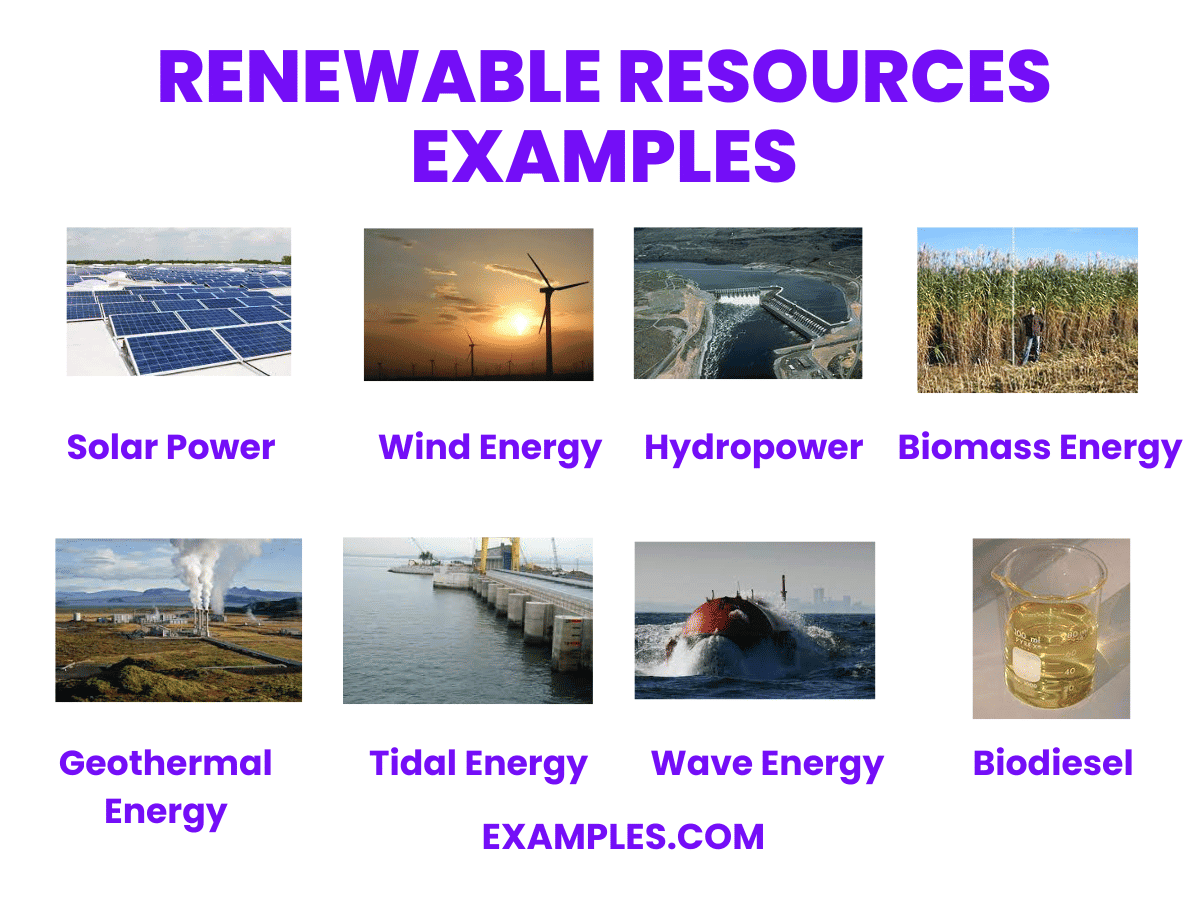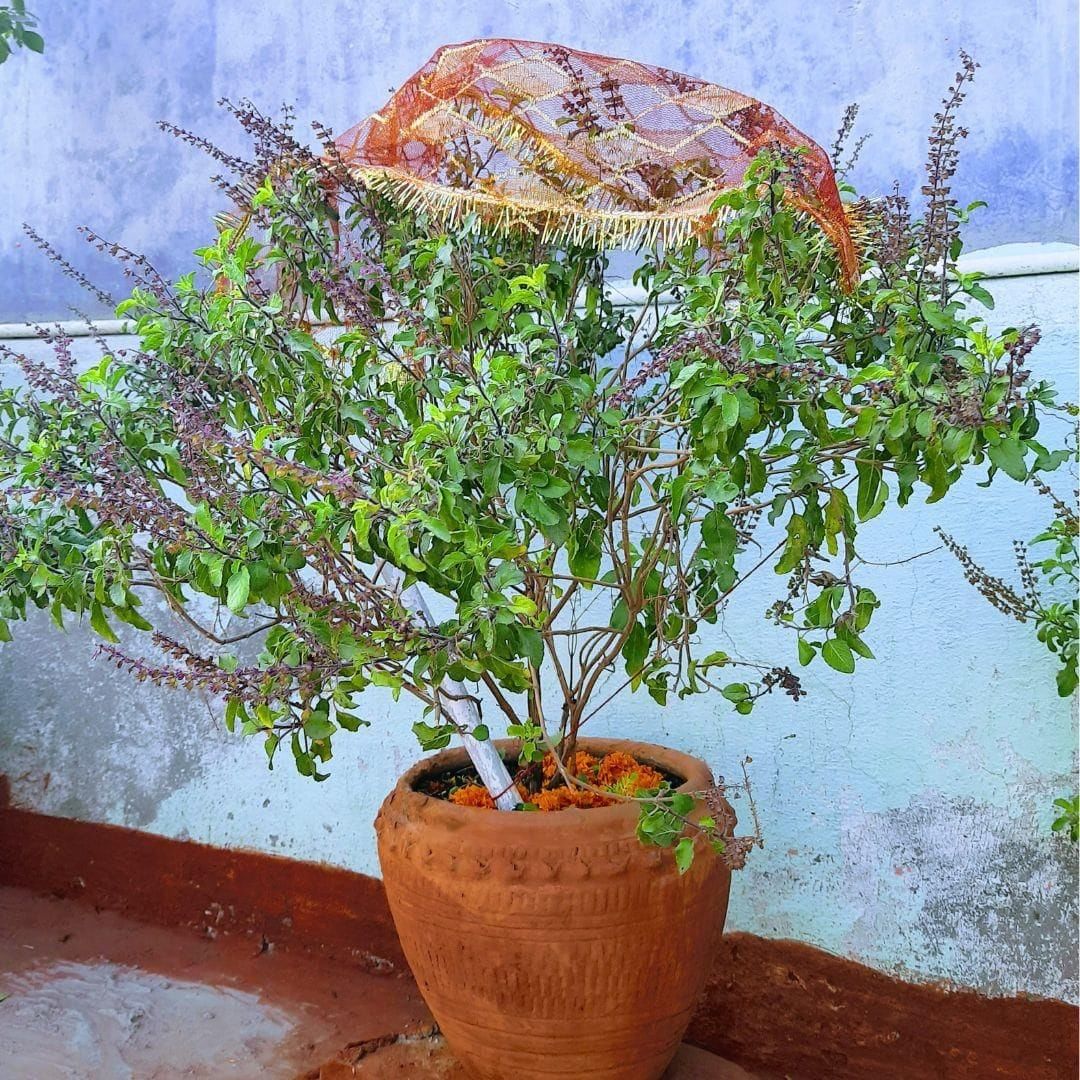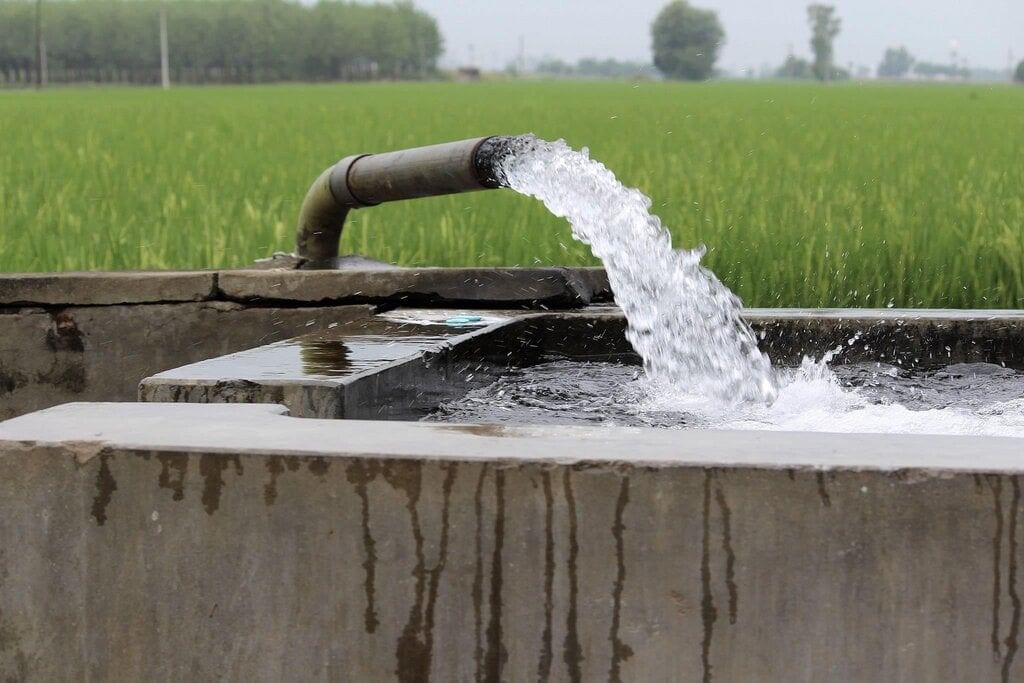Short Answer Questions: Natural Resources and Their Use | Social Science Class 8 - New NCERT PDF Download
Q1: What is a Resource? Give two examples.
Ans: Everything available in our environment that can be used to satisfy our needs, provided it is technologically accessible, economically feasible, and culturally acceptable, can be termed a resource. Examples include coal, water, air, minerals, etc.
Q2: What are renewable resources? Give two examples.
Ans: Renewable resources are those that can be renewed or replenished naturally through physical, chemical, or mechanical processes. Examples include solar energy, wind energy, water, forests, and wildlife. Renewable resources may be further classified as continuous or flow resources.
Q3: Explain the relationship between nature, technology and institutions.
Ans: Nature provides resources that are transformed into usable forms with the help of technology. Humans interact with nature using technology and create institutions to organise this interaction and accelerate economic development.
Q4: What are ecosystem services? Give two examples mentioned in the chapter.
Ans: Ecosystem services are natural processes that benefit humans by supporting life and economic activities. For example, forests filter water, ensuring clean drinking water, and trees produce around 275 litres of oxygen daily, essential for human survival. Other services include pollination and soil retention, which sustain agriculture and ecosystems. Forests also prevent soil erosion, thereby protecting farmland.
Q5: Name one cultural practice in India that promotes mindful use of natural resources and explain its significance.
Ans: Tulasi puja, a practice honouring the sacred tulsi plant, promotes mindful use of natural resources by fostering reverence for nature. This ritual encourages communities to value plants and avoid wasteful exploitation. It reflects traditional wisdom that views nature as a nurturer and supports sustainable practices, helping maintain ecological balance and conserve resources.
Q6: What is the ‘natural resource curse,’ and how has India attempted to avoid it?
Ans: The natural resource curse is when resource-rich regions experience slow economic growth due to excessive dependence on raw material exports. India has countered this by investing in industries that process resources, such as steel production from iron ore, adding value and creating jobs. This approach reduces reliance on raw exports and promotes development. Strategic planning and good governance further support this effort.
Q7: ‘India has enormous diversity in the availability of resources.’ Explain.
Or
“India is rich in certain types of resources but deficient in some other resources.” Support your answer with examples.
Ans: (i) The states of Jharkhand, Chhattisgarh, and Madhya Pradesh are rich in mineral resources but lack industrialisation.
(ii) Arunachal Pradesh has abundant water resources but lacks infrastructural development. Rajasthan is well endowed with solar and wind energy, but suffers from water scarcity. The cold desert area of Ladakh is relatively isolated due to poor means of transportation and communication.
(iii) Most North-Eastern states have rich natural vegetation but lack fertile soil.
Q8: ‘The availability of resources is the only condition for the development of any region’. What is your opinion on the statement?
Or
Mention any three necessary conditions for the development of resources.
Ans: (i) Resources contribute to development only when supported by appropriate technological advancement and institutional changes.
(ii) Skilled human resources are needed to convert natural resources into more usable forms.
(iii) Capital investment is required to develop technology and infrastructure for resource utilisation.
Q9: How does the overexploitation of groundwater in Punjab affect sustainability?
Ans: Overexploitation of groundwater in Punjab, mainly due to irrigation for high-yielding crops since the 1960s, has led to a decline of groundwater levels to depths of around 30 metres, threatening water security. This unsustainable practice is worsened by free electricity for farmers, causing increased water usage. It has led to health issues from chemical runoff and endangers long-term agricultural sustainability. Restoration methods like rainwater harvesting are now critical for sustainability.
Q10: What is one recommendation fromVr̥kṣāyurvedafor sustainable agriculture?
Ans: Vṛkṣāyurveda recommends crop rotation to maintain soil health by preventing nutrient depletion and supporting soil organisms like earthworms. This practice ensures long-term soil fertility and reduces dependence on chemical fertilisers. It promotes sustainable agriculture by mimicking natural cycles, aligning well with modern organic farming methods.
|
31 videos|128 docs|7 tests
|
FAQs on Short Answer Questions: Natural Resources and Their Use - Social Science Class 8 - New NCERT
| 1. What are natural resources? |  |
| 2. Why is the conservation of natural resources important? |  |
| 3. How do human activities impact natural resources? |  |
| 4. What are some examples of renewable and non-renewable resources? |  |
| 5. What are some methods for sustainable use of natural resources? |  |
















